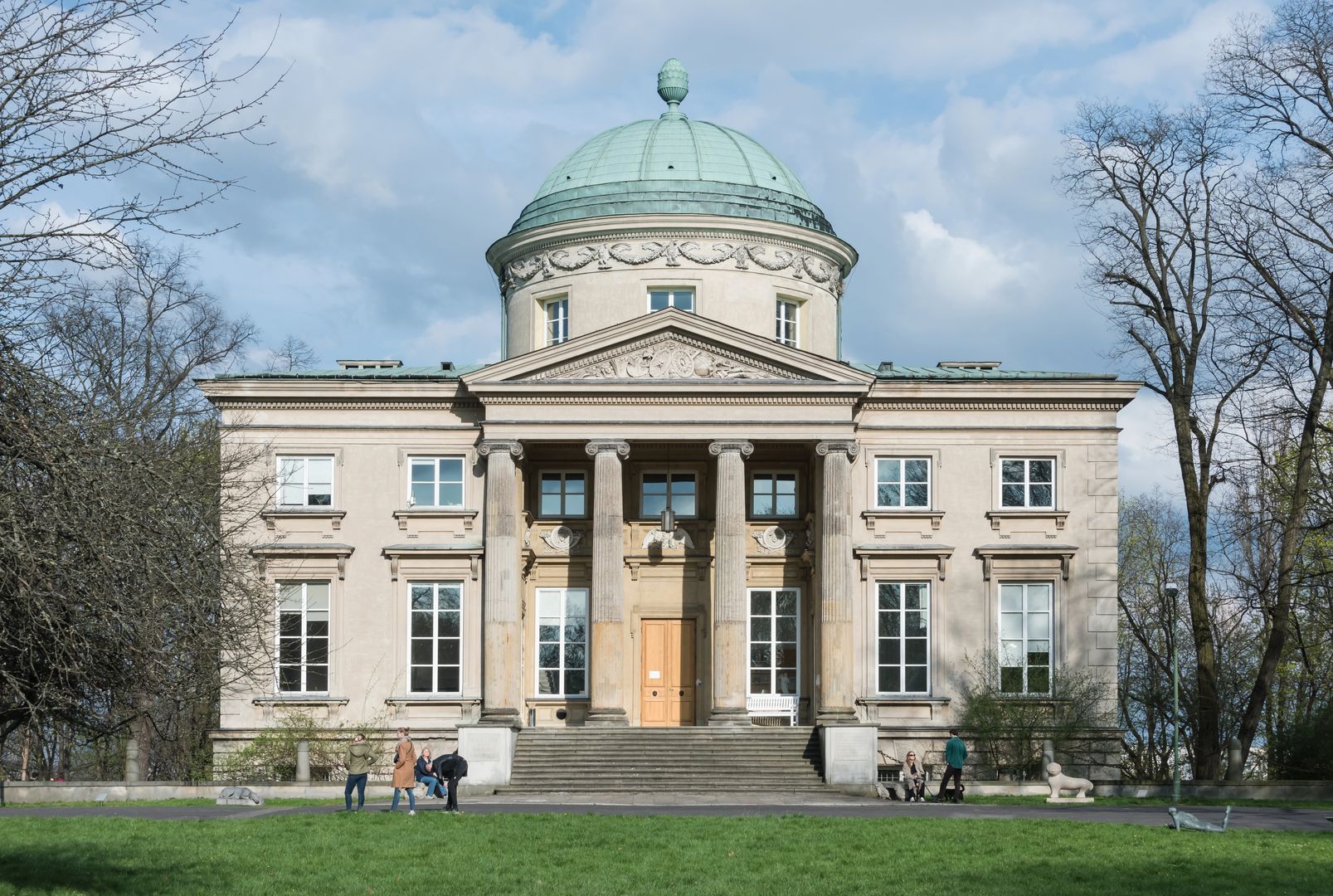Rabbit House
6.49

Overview
Królikarnia is a Neoclassical palace in Warsaw, built between 1782 and 1786 on the orders of Count Carlo Alessandro Tomatis. The design by architect Dominik Merlini was inspired by the Renaissance Villa Rotonda. Originally, the site was home to a brewery, a brickyard, an inn, and a mill. During the Kościuszko Uprising in 1794, the palace served as the headquarters of Tadeusz Kościuszko. After a series of ownership changes, Królikarnia became the property of the Radziwiłł family and later of Ksawery Pusłowski. In 1916, the palace was incorporated into the city limits of Warsaw. During World War II, the building was destroyed, and its reconstruction in 1964 restored part of its original character. Since then, Królikarnia has housed the Xawery Dunikowski Museum of Sculpture, which promotes contemporary art through individual and collective exhibitions. The palace is surrounded by a park featuring unique works of art, creating a space for the presentation of sculpture. An interesting fact is that the name "Królicza Góra" (Rabbit Hill), dating back to the Saxon era, refers to the game preserve where rabbits were bred for Augustus II. Modern efforts by the heirs of the Krasiński family to reclaim the palace highlight its complex history of ownership and legal disputes. Królikarnia was entered into the register of historical monuments in 1965.
Location
Tickets
Powered by GetYourGuide
2025 Wizytor | All Rights Reserved